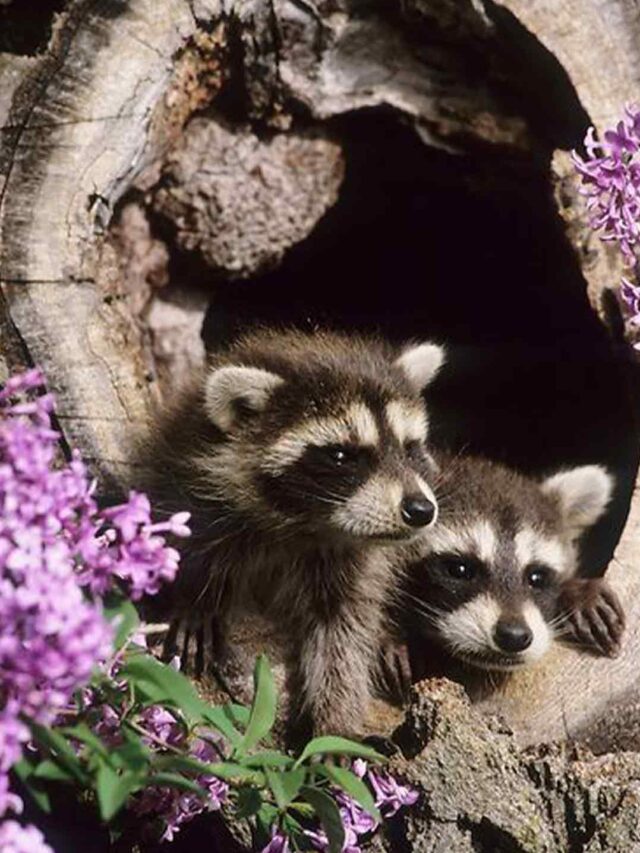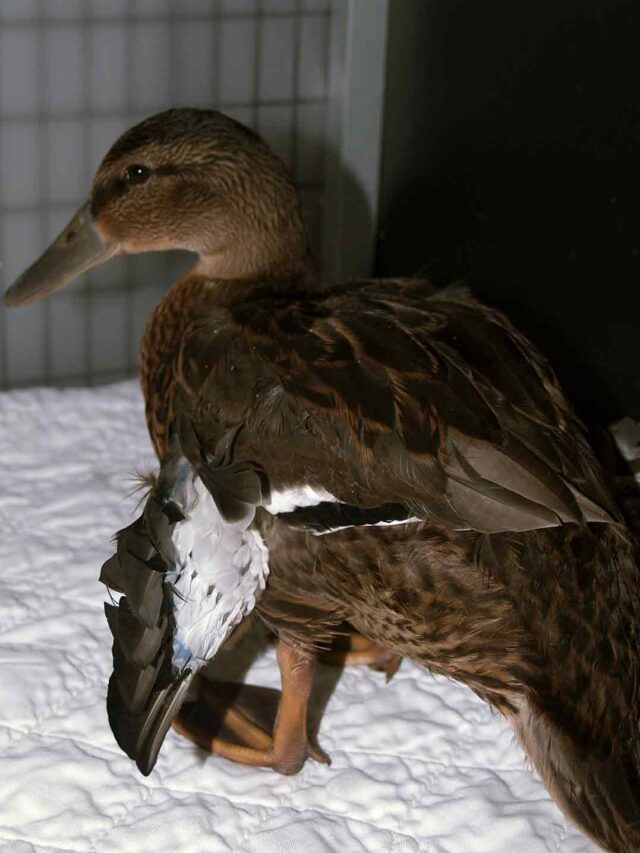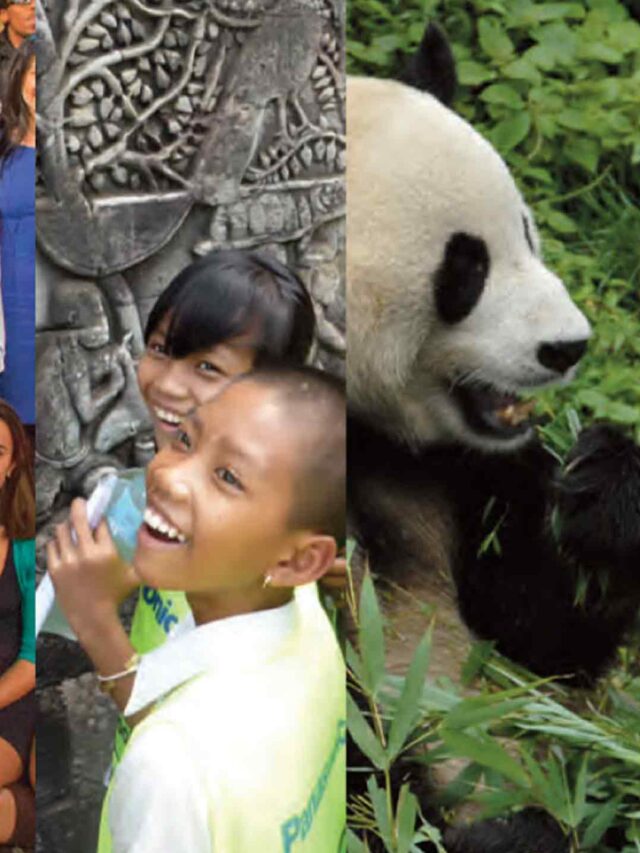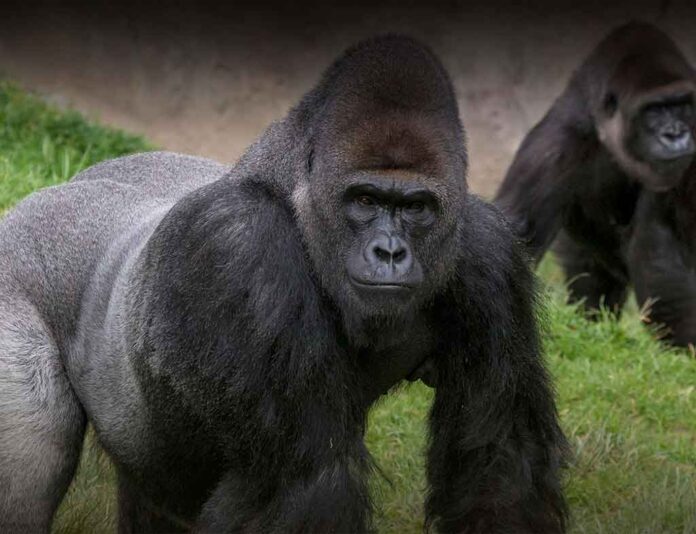
Gorillas are among the most magnificent and enigmatic creatures to inhabit the jungles of Africa. In this article, we delve into the world of gorillas, exploring their habitats, behaviours, and the challenges they face in the wild.
Gorillas are large primates belonging to the family Hominidae and are closely related to humans. They are primarily found in the dense forests of Central Africa and are known for their immense strength and gentle demeanour.
Table of Contents
Types of Gorillas
• Western Gorillas: Found in the forests of West Africa, Western gorillas are further divided into two subspecies: the Western lowland gorilla and the Cross River gorilla.
• Eastern Gorillas: Inhabiting the forests of East Africa, Eastern gorillas consist of two subspecies: the Eastern lowland gorilla and the critically endangered Mountain gorilla.
Habitat and Distribution
Gorillas inhabit tropical and subtropical forests, ranging from montane forests to lowland swamps. They are primarily found in countries such as Cameroon, Gabon, Congo, Uganda, and Rwanda.
Physical Characteristics
Gorillas are characterized by their robust build, muscular arms, and broad chests. They have coarse black hair covering their bodies, with adult males, known as silverbacks, distinguished by the silver-grey hair on their backs.
Diet and Feeding Habits
Gorillas are primarily herbivorous, feeding on a variety of vegetation, including leaves, stems, fruits, and occasionally insects. They are known to spend much of their day foraging for food within their home ranges.
Social Structure and Behaviour
Gorillas live in cohesive family groups known as troops, led by a dominant silverback male. These troops typically consist of several adult females, their offspring, and subordinate males. Gorillas are highly social animals, engaging in grooming, playing, and vocal communication within their groups.
Reproduction and Family Life
Female gorillas give birth to a single offspring after a gestation period of approximately nine months. Infant gorillas are dependent on their mothers for care and protection, remaining with them for several years until they reach maturity.
Threats to Gorillas
Gorillas face numerous threats in the wild, including habitat destruction, poaching, disease, and human encroachment. Deforestation and illegal hunting for bushmeat and the wildlife trade pose significant risks to their survival.
Conservation Efforts
Efforts to conserve gorillas include the establishment of protected areas, community-based conservation initiatives, anti-poaching patrols, and ecotourism programs aimed at generating income for local communities while promoting gorilla conservation.
Ecotourism and Gorilla Trekking
Gorilla trekking has become a popular ecotourism activity, providing tourists with the opportunity to observe these majestic creatures in their natural habitat while contributing to conservation efforts and supporting local communities.
Role of Gorillas in Ecosystem
Gorillas play a vital role in their ecosystems as seed dispersers, helping to maintain forest biodiversity by dispersing seeds through their feces and shaping vegetation through their feeding habits.
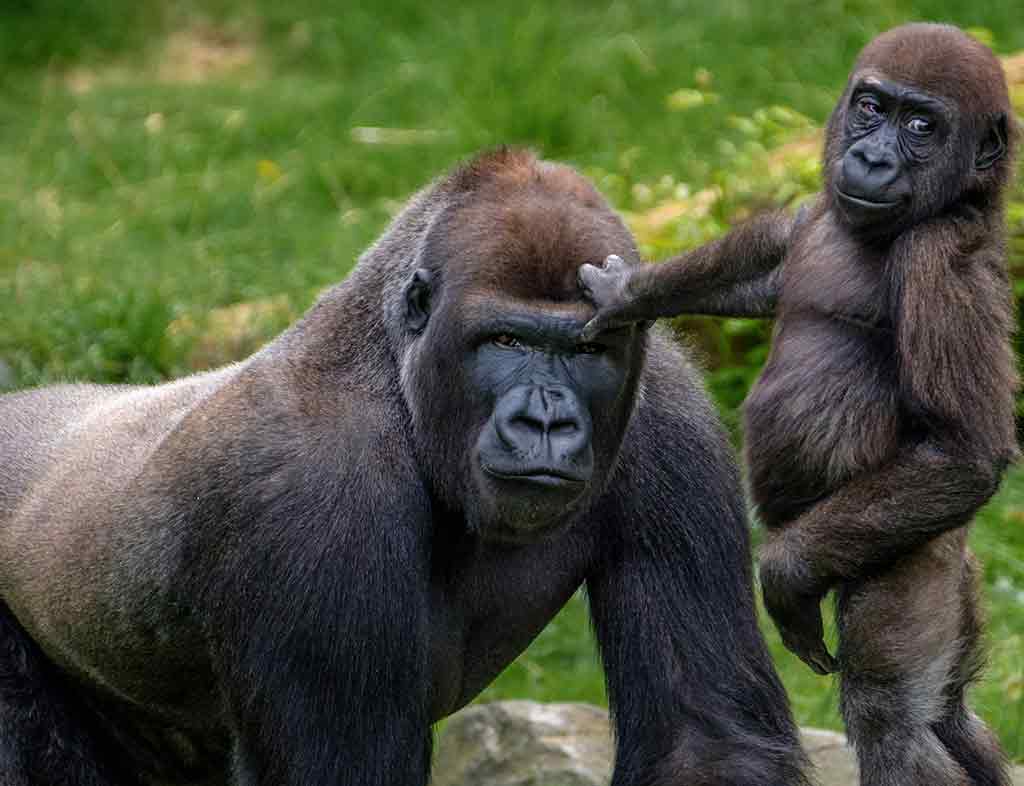
FAQs
1. Are gorillas aggressive towards humans?
are generally peaceful animals and rarely exhibit aggression towards humans unless provoked or threatened.
2. How long do gorillas live in the wild?
Gorillas can live up to 35-40 years in the wild, with lifespans varying between species and individuals.
3. Why are mountain gorillas endangered?
Mountain gorillas are endangered due to habitat loss, poaching, and human-wildlife conflict, exacerbated by political instability in the regions where they live.
4. Can gorillas communicate with each other?
Yes, gorillas communicate through vocalizations, body language, and facial expressions, with each sound and gesture conveying specific messages within their social groups.
5. What can individuals do to help gorillas?
Individuals can support gorilla conservation efforts by avoiding products made from unsustainable palm oil, reducing their carbon footprint, and supporting organizations working to protect gorilla habitats and promote sustainable development in gorilla range countries.

